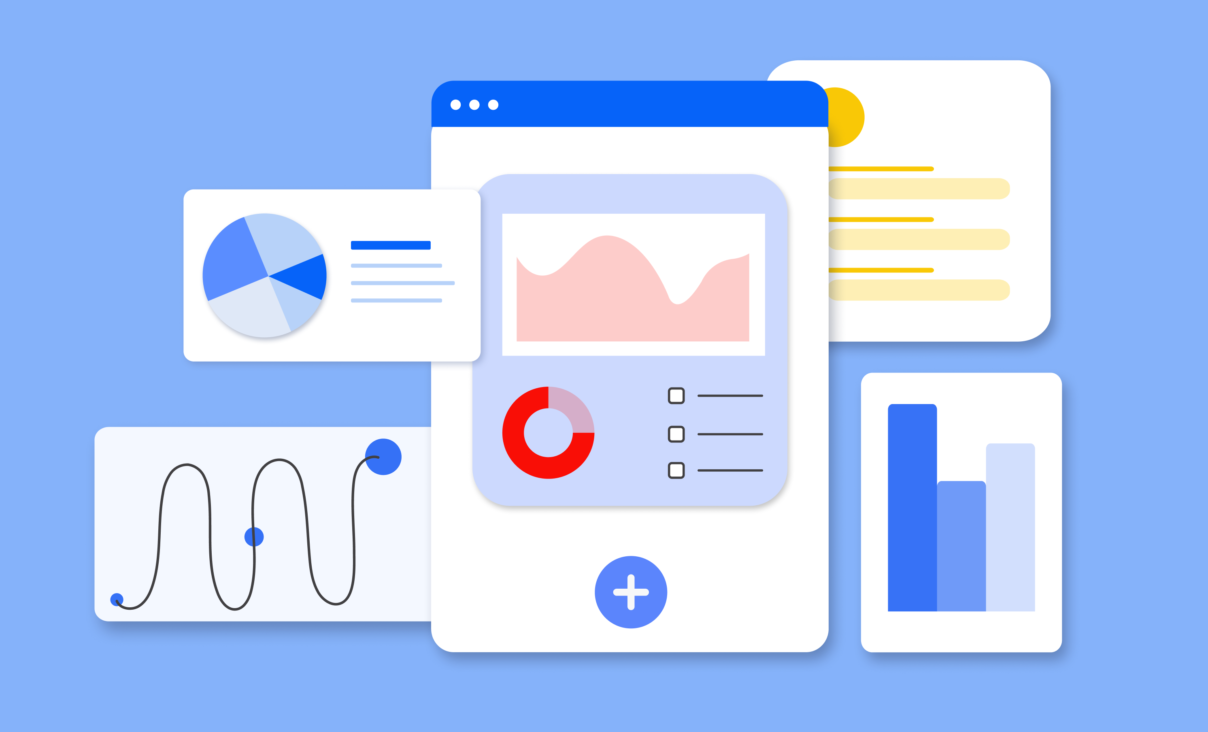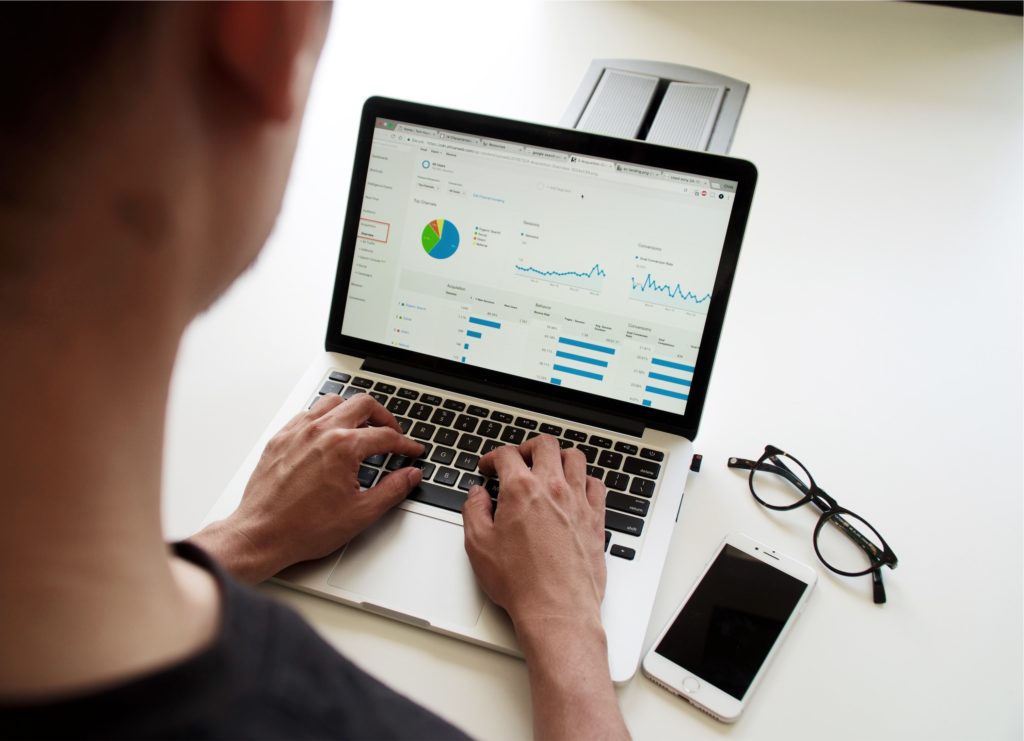What is transaction categorization

A bank transaction’s categorization establishes a crucial foundation for understanding financial transactions and meeting the needs of the bank customers who drive them. A strong categorization model aids banks in ensuring that every transaction is interpreted and handled accurately, consistently, and across the board in the entire organization. The blog will feature a step-by-step guide to bank transaction categorization to provide in-depth knowledge.
Ways of Transaction Categorization
1. You can start by reviewing your bank transactions
Reviewing all of your bank transactions is the first step in categorizing them. You can review it by accessing your transaction history to understand categorization in a better way. A personal finance tool can help you by importing your transactions and automatically classifying them for you.
2. Identify recurring expenses
As you review your transactions, look for recurring expenses like mortgage payments, rent, and car payments. These expenses should be categorized separately from other expenses, as they are fixed and can’t be easily reduced.
3. Create categories for expenses
Next, create categories for your expenses based on your spending habits. For example, you might create categories for groceries, dining out, entertainment, transportation, and clothing. Try to keep your categories broad enough to capture all of your expenses but specific enough to provide useful information.
4. Assign transactions to categories
Once you have your categories set up, it’s time to assign your transactions to the appropriate category. You can do this manually by going through each transaction and categorizing it, or you can use a personal finance management tool or app to categorize your transactions for you automatically.
5. Review and adjust categories as needed
As you continue to categorize your transactions, you may find some categories too broad or too narrow. For example, you must find that you are spending more on restaurants and dining than you realized and create a separate restaurant category. Or, you might find that your transportation category is too broad, and you need to create separate categories for gas, public transportation, and car maintenance.
6. Use your categorized data to make better financial decisions
Once you have your bank transactions categorization process completed by arranging them in a good way, you can use the data to make better financial decisions. For example, you might discover that you are spending more on dining out than you can afford and need to cut back on this expense. Or, you might find that you are spending too much on transportation, and you need to find ways to reduce this expense, such as taking public transportation instead of driving.
7. Set financial goals based on your spending habits
Using your categorized transaction data, you can set financial goals based on your spending habits. For example, you might set a goal to reduce your dining out expenses by 50% or to save a certain amount each month for a specific financial goal, such as a down payment on a house.
Conclusion
Bank transaction categorization can provide valuable insights into your spending habits, which can help you make better financial decisions and achieve your financial goals. Following the steps mentioned in the blog, you can categorize your transactions and use the data to take control of your finances.








